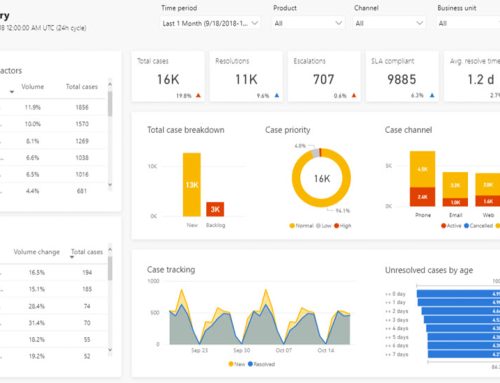What Is a Flow Chart
A flow chart is the diagrammatic representation of a process that describes the sequence of different steps involved in that process. Flow charts are used widely in different areas to record, research, design, enhance and summarize extensive processes to make them easy to understand. Arrows and connecting lines are used to describe the sequence of the steps that makes it facile for everyone to follow and understand the relationship between different steps.
Advantages of Flow Chart
At times it is easier to interpret things graphically than to explain them in words. This is why flow charts are used. Following are some of the advantages of flow chart.
Precise documentation of process
Flow charts are beneficial in precise documentation of different processes and operation going on in an organization. Both Non-regulatory and regulatory trades use flow charts for their process documentation. This benefit of flow charts is not confined only for large businesses, in fact small business take more advantage of flow charts to keep everything precise and properly maintained. To achieve this process standardization is very important. Flow charts are also useful for documentation of different training elements because flow charts are easy to understand and also gains attention.
Settle down the issues
Flow charts are also helpful in fixing up different problems as it splits an issue into smaller easily solvable parts. For example, drawing a flow chart for a complex problem makes it easy to find a way with which the problem can be solved. It minimizes the possibility to miss any important step in problem solving, in this way it saves time as well as minimize the cost.
System management and improvement
System needs to be managed in order to ensure that customer’s requirements are met appropriately. For this workflow management is really important. The initial step in system management is to form an AS-IS flow chart to describe the present condition of ongoing processes. This helps to identify wastes and inefficacy of the system. After identification of areas that need improvement, the improvement process is started; this ultimately results in better quality of products and system.
Persuasively scrutinize problems
The problems are scrutinized in a more persuasive way with the help of flow charts as it precisely defines the type of action required by each step in the procedure. A flow chart comprises of different shapes and symbols that define the process. For example, a round edged rectangle describes the starting point of a process; a diamond shaped figure shows that an action is required at this step and a square describes that action was taken at this step. In digital flow charts different symbols are used to describe the media files in which the data is saved.
Enhance efficiency
Flow charts are also advantageous in enhancing process efficiency by removing wastes and unnecessary steps in a process leaving behind essential steps only. This improves efficiency as well as reduces cost and saves time.
Visual lucidity
This is the biggest significance of flow chart that it visualizes and summarizes many processes and their order in a single form. Shareholders in an organization can easily visualize the process and can improve a step if and when required.
Communication
Flow charts greatly enhance communication within an organization as they clearly show the processes and their progress including the sequence of steps. In this way teams can use flow charts as a replacement of meetings to communicate with team members. Flow charts also enhance coordination within the team members.
Conclusion
Flow charts are available in a wide range from simpler ones that are used to cater software troubleshooting to the complex ones that include detailed step by step process in product development and designing. The most superior advantage of flow charts is to minimize the language gap in an organization where people from different groups and regions work together. Apart from this flowcharts are very helpful in process documentation as well as problem identification in a process. it also helps to improve the efficiency of a process.






